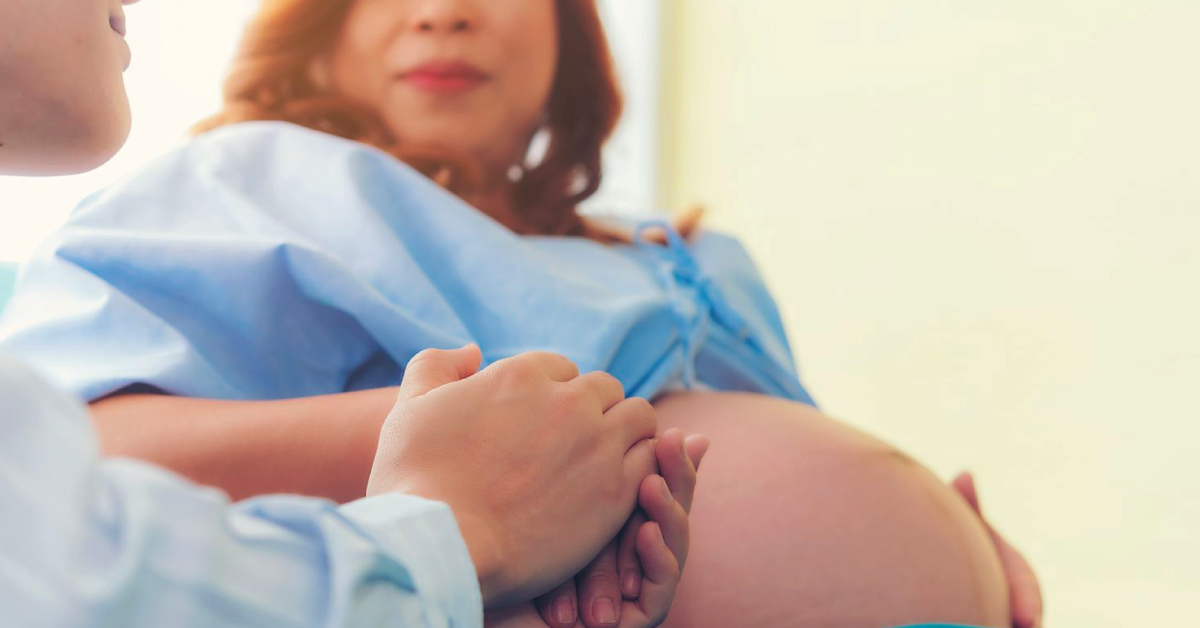
Hernia is a condition where a body part or a fatty tissue bulges outwards through a point in the muscle that is around it. Bulging can also be connective tissue called fascia. Hernias are mostly observed in abdomen, chest, hips, upper thigh and groin area. Hernias are not very serious but they do not subside by themselves. If found, consult a general surgeon or a laparoscopic surgeon to treat it properly. If left unattended for a longer period they can cause complications.
Types of Hernia
There are five main types of hernia. They are as given.
- Inguinal hernia
This occurs when the intestines bulge out or tear in the inguinal canal which is the lower part of the abdominal wall. To be precise, the inguinal canal is in the groin area. In women a ligament is present in the inguinal canal which helps to hold the uterus in the right position. Whereas in men, from abdomen to scrotum the spermatic cord passes. This cord is connected to the testicles. Inguinal hernia is mostly observed in men. It is because soon after birth, the testicals pass through the inguinal canal. The canal must close completely behind the testicles. If at all that canal does not close properly then a weak area develops which can give a chance for a bulge.
- Hiatal hernia
In hiatal hernia a part of the stomach bulges out through the diaphragm into the chest cavity. Diaphragm helps in breathing and in separation of organs of chest and abdomen. Hiatal hernia if not treated can cause gastroesophageal reflux disease (GERD). If this condition occurs, the contents in the stomach bounce back to the esophagus. Hiatal hernias are commonly seen in people of 50+ age. If at all found in kids it can be due to congenital birth irregularity.
- Umbilical hernia
In this condition the intestines near the belly button through the abdominal muscles. This is mostly observed in children. The bulge is clearly seen when they cough or cry. This is the only hernia that subsides on its own. When the child gets 1 or 2 years old, the muscles of the abdominal wall grow stronger. If the bulge does not subside, consult a general surgeon or pediatric doctor to get a suggestion. Adults who have obesity and abdominal fluid might also get umbilical hernia.
- Ventral hernia
If a tissue bulges outwards through abdominal muscles then it is ventral hernia. The main causes for ventral hernia are strainful activities, obesity and pregnancy. If the ventral hernia occurs at the incision area of any surgery it is known as incisional hernia.
- Femoral hernia
This is mostly found in women particularly in pregnant women who are obese. This happens if the intestine enters into the canal with a femoral artery at the upper thigh.
For the treatment of any type of hernia initially a general surgeon is to be consulted. If not possible at least get an online consultation.
Causes of Hernia
For any type of hernia the main cause is bulging of the tissue. The bulging occurs due to pressure and opening up of weak muscle or fascia surrounding it. Doing heavy activities or strenuous activities can cause pressure which leads to bulge in the abdomen area. Chronic diarrhea or prolonged constipation can cause hernia too. Continuous cough and sneezes can also increase pressure.
Symptoms of Hernia
Many times the symptoms of hernia are not clearly seen. In some types of hernia even the bulge will be normal when the person is lying flat. The common symptoms are as given.
- A bulge in the abdomen area or around the belly button or in the groin area.
- Feeling of discomfort in abdomen region during passage of stool or during weight lifting.
- Pain or burning sensation at the bulge.
- Constipation or diarrhea and also presence of blood in stool.
- Swelling and aching around testicles in men.
- Heartburn sensation and digestive problems.
If any of the above symptoms are observed please do not ignore. Consult a general surgeon or a laparoscopic surgeon and get proper health care advice.
Diagnosis of Hernia
Most of the time a general surgeon might do a physical examination to diagnose hernia. In many cases the bulge will protrude and is clearly visible. Bulges might not be clear while lying down. So a general surgeon will ask to stand or cough. Because while doing so a little pressure is applied which can show up the bulge. In femoral hernia bulge might not be clear. So an ultrasound is advised by the general surgeon. In the case of inguinal hernia occasionally MRI scan is recommended. If needed abdominal scans are also suggested. It is determined that ultrasound scans are more reliable than MRI and CT scans. To know which is better, take an online consultation with a general surgeon.
Treatment for hernia
Most of the hernias need surgical corrections. Umbilical hernia found in children is the only type that gets normal on its own. If at all the hernia is small and does not affect the patient the general surgeon will wait for a period to watch it. In some cases even the general surgeon will try to apply pressure manually and reduce the bulge. But if the bulge is larger and causes pain to the patient, then surgery is advised to stop further complications. There are two types of surgeries to correct hernias. They are as given.
- Open hernia repair
In this process the general surgeon does an incision in the groin area and pushes back the tissue that is bulging out into the abdomen. Later the weakened tissue is sewed by the general surgeon, mostly reinforcing the tissue with a synthetic mesh. This reinforcement process is known as hernioplasty. This complete procedure is done by giving general anesthesia or local anesthesia to the patient. A general surgeon recommends rest for a few days.
- Minimally invasive hernia repair
In this process the general surgeon does many tiny incisions in the abdomen region. Here laparoscopic instruments are used to correct hernia. A laparoscope is inserted into the abdomen through one incision. The abdomen is inflated by gas to make the internal parts visible. Through the other incisions small instruments are inserted and repair is done using synthetic mesh. In this process too general anesthesia is given to the patient. A laparoscopic surgeon is preferred for this.
While comparing both, minimal invasive repair does not leave any scars and reduces discomfort. It takes less time for the patient to recover. In cases of people who have both sides hernia (bilateral) minimal invasive hernia repair is recommended. Also in some cases even after doing open hernia repair, hernia recurs. For them minimal invasive repair is a better option. To clear any doubts or to know more get an online consultation with a general surgeon.
Complications and prevention
Hernia if left untreated can cause severe complications. The most common is, bulge becomes larger, painful and causes discomfort. Inguinal hernia and femoral hernia if not treated can cause obstruction. In the abdominal wall the hernia parts get trapped. This can be a hindrance to bowel movement. Which finally causes nausea and vomiting. Also hernia can reduce or stop the blood flow to intestines.
It is better to prevent hernia to avoid any treatment or complications. Here are a few preventive measures.
- Properly maintain your body weight as per the BMI (body mass index).
- Do workout in a proper manner so that there is no excess pressure on any part of your body.
- Try to take a good diet that can reduce constipation. High fiber diet and fresh vegetables can give normal bowel movement.
- If any symptoms are seen consult a general surgeon without any delay.
Do not press more or pressurize the bulge. Not all bulges are hernias. So consult a general surgeon or laparoscopic surgeon. If not possible take online consultation.


